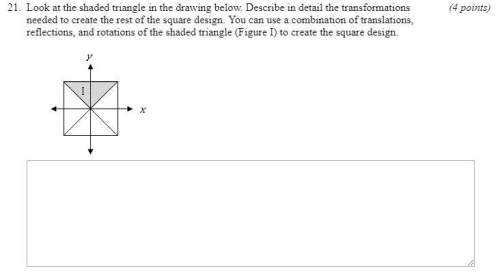
Mathematics, 14.04.2020 20:03 alayciaruffin076
Many everyday decisions, like who will drive to lunch or who will pay for the coffee, are made by the toss of a (presumably fair) coin and using the criterion "heads, you will; tails, I will." This criterion is not quite fair, however, if the coin is biased (perhaps due to slightly irregular construction or wear). John von Neumann suggested a way to make perfectly fair decisions, even with a possibly biased coin. If a coin, biased so that P(x)equals 0.4700 and P(t)equals 0.5300, is tossed twice, find the probability

Answers: 1


Other questions on the subject: Mathematics

Mathematics, 21.06.2019 23:10, krystalhurst97
What is the distance between the points (2, 5) and (5,9)?
Answers: 1


Mathematics, 22.06.2019 01:30, zariah10191101
What is the remainder when 3x^2-x-10 is divided by x-1 -6,-7,-8, or -9
Answers: 1

Mathematics, 22.06.2019 02:30, sierram298
Adoughnut shop charges $0.50 for each doughnut and $1 for a carryout box. shirley has $10 to spend. which inequality can be used to find d, the number of doughnuts she could have bought if she also wants them in one carryout box?
Answers: 1
You know the right answer?
Many everyday decisions, like who will drive to lunch or who will pay for the coffee, are made by th...
Questions in other subjects:

Social Studies, 31.01.2020 06:53





Geography, 31.01.2020 06:53

History, 31.01.2020 06:53

Mathematics, 31.01.2020 06:53

History, 31.01.2020 06:53

Mathematics, 31.01.2020 06:53




